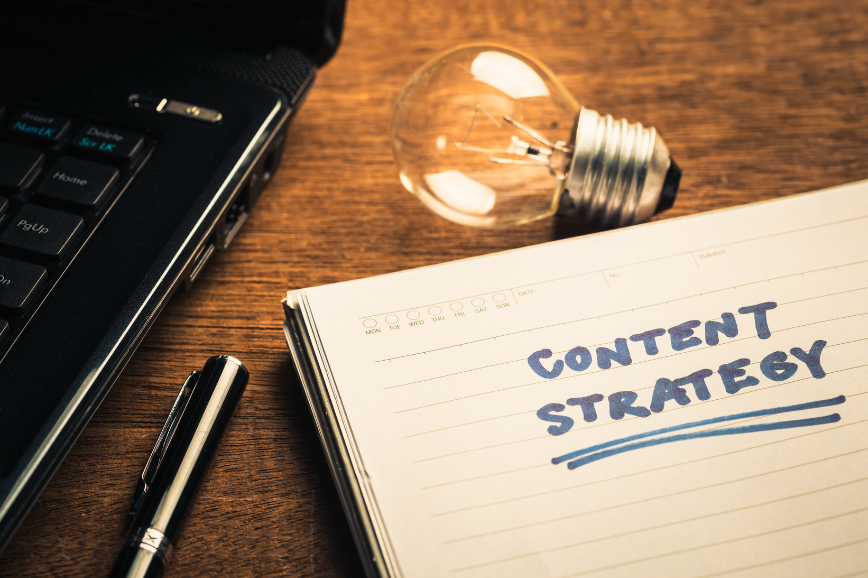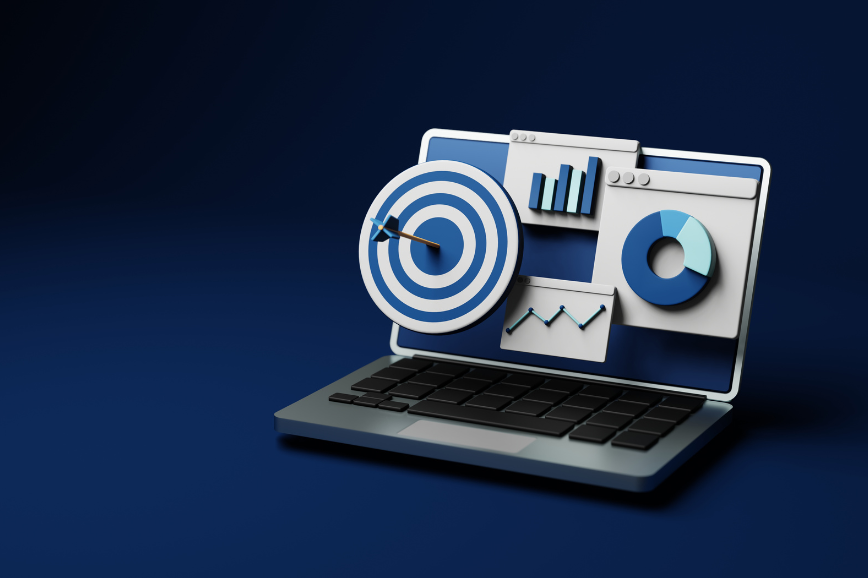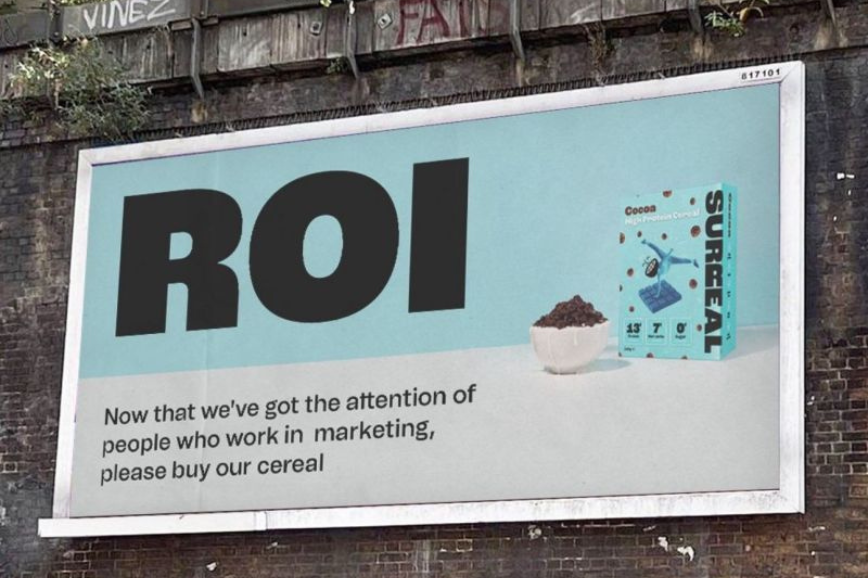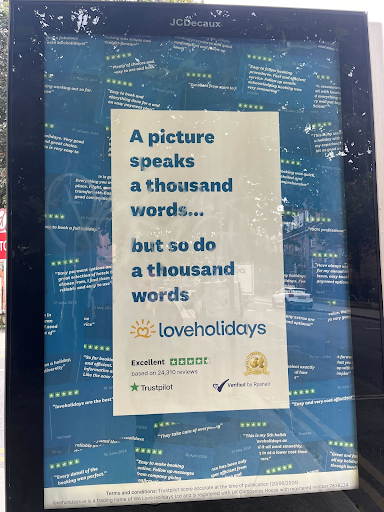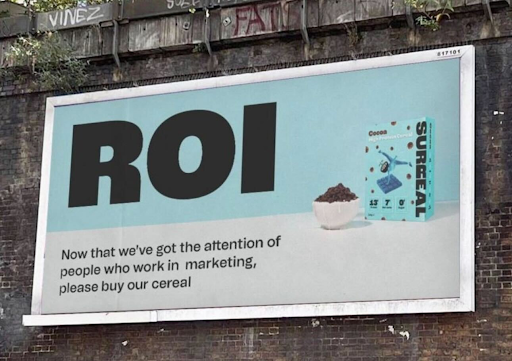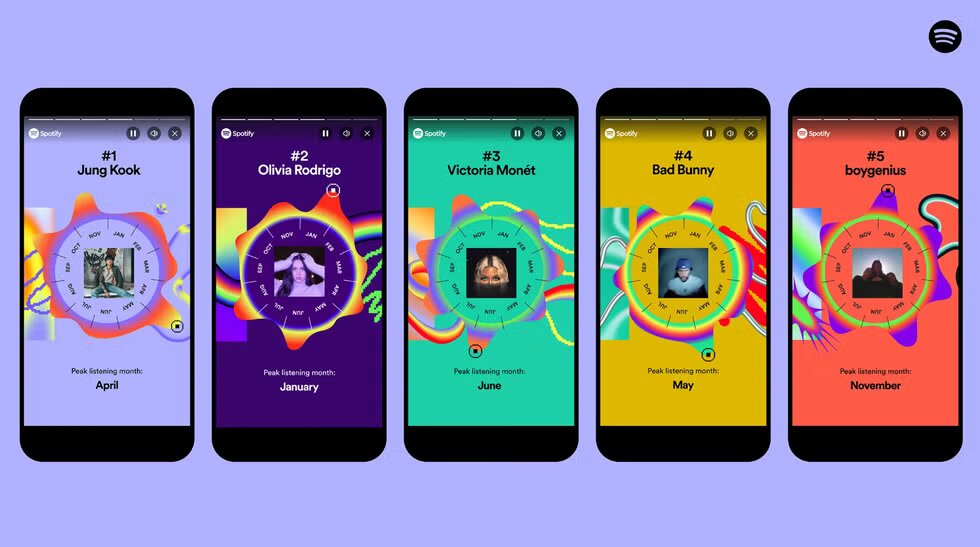Q4 Meta Ad Trends 2024: Insights, Analysis, and Expert Predictions
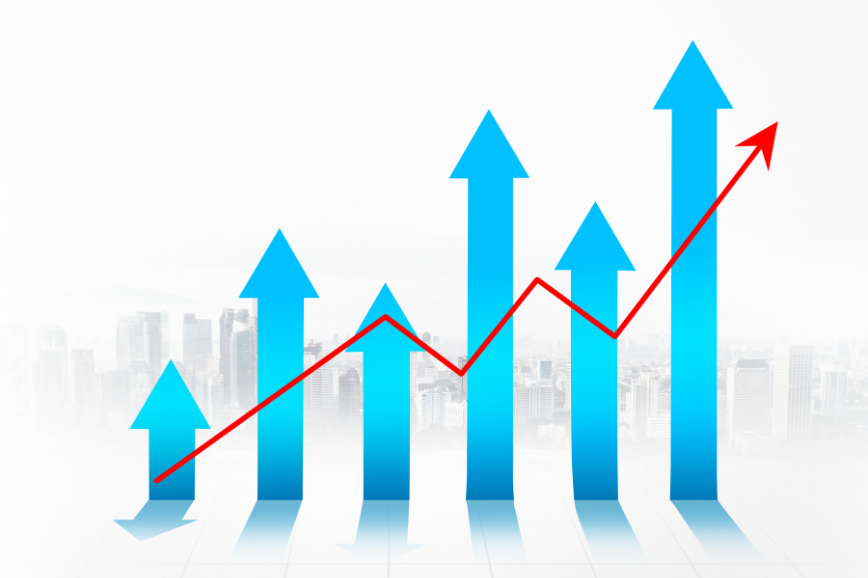
As Q4 progresses, the digital ad landscape, particularly within Meta platforms, is entering one of the most dynamic times of the year. Meta sees consistent significant shifts in ad KPIs as brands scale their efforts to capture holiday shoppers, maximize visibility, and close out the year with strong conversions.
Month by month, these rates reflect larger market trends, changing consumer behavior, and the Meta algorithm updates. At GeistM, we keep an eye out for key metrics like CTR, CPC, and CPM. We judge the trends and give our expert predictions.
So here are the trends GeistM analysts noticed in Q4 of 2024:
- Mid-October 2024
- End-October 2024
- Mid-November 2024
- End-November 2024
- Mid-December 2024
- End-December 2024
Mid-October 2024 (1st -15th)
Meta CPMs

Key Takeaways:
- We noticed a -3% decrease in CPMs
- The Fashion & Beauty vertical noticed the most significant drop in CPMs at -16%
- While the biggest increase came from the Sports & Supplements vertical of +18%
Meta CPCs

Key Takeaways:
- Our analysts noticed a -17% decrease in CPCs
- The Food & Beverage vertical noticed a substantial decrease of -20% in CPCs
- The Health & Wellness vertical noticed the largest increase of +24%
Meta CTRs

Key Takeaways:
- We noticed a +12% increase in CTRs during the first half of October
- The Sports & Supplements vertical saw the greatest increase of +22%
- While the biggest decrease of -30% came from the Fashion & Beauty vertical
Here’s what our analyst Cher had to say about these shifts in trends.
“There was a decrease in both CPMs and CPCs period-over-period. The election period will most likely drive up CPMs over the next two weeks, especially on Meta. The Black Friday Cyber-Monday Promo Period is slightly later than previous years, so let’s be mindful of pacing in November to adjust for these changes.”
End October 2024 (16th -30th)
Meta CPMs

Key Takeaways:
- Our analysts noticed that CPMs increased by +6% in the second half of October
- The Food & Beverage vertical saw the largest drop in CPMs of -7%
- While the Fashion & Beauty vertical noted the biggest increase of +42%
Meta CPCs

Key Takeaways:
- We noticed a +10% increase in CPCs towards the end of October
- The Fashion & Beauty vertical saw the largest decrease of -13%
- The most significant increase of +30% came from the Home & Family vertical
Meta CTRs

Key Takeaways:
- Our Analysts noticed a -4% decrease in CTRs during the second half of October
- The Fashion & Beauty analysts saw an immense increase of +63%
- While the Food & Beverage vertical encountered a sizeable decrease of -24%
Here’s what Matthew, our analyst, had to say about these shifts in trends and how this affected the beginning of November:
“There was an increase in both CPMs and CPCs period-over-period. The Black Friday Cyber-Monday Promo Period is slightly later than previous years so let’s be mindful of pacing in November to adjust for these changes.”
Mid November 2024 (1st -15th)
Meta CPMs

Key Takeaways:
- Our analysts noticed that CPM trends remained stable in the first half of November
- The largest drop of -15% was noticed by the Home & Family vertical
- The Health & Wellness vertical noted the biggest increase of +14%
Meta CPCs

Key Takeaways:
- We noticed a -14% decrease in CPCs during the first half of November
- The Home & Family vertical saw a decrease of -26%
- The biggest increase of +8% came from the Sports & Supplements vertical
Meta CTRs

Key Takeaways:
- According to our analysts, CTRs increased by +14% during the first half of November
- The Food & Beverage vertical saw a considerable increase of +27%
- Sports & Supplements vertical encountered the largest decrease in CTRs of -19%
Here’s what Cher, our Senior Marketing Analyst, had to say about these shifts
“There was an increase in both CPMs and CTRs period-over-period. The election period drove up CPMs early in the month, with CPMs stabilizing afterward as we approached Black Friday.
The Black Friday Cyber-Monday Promo Period is slightly later than previous years so we paced to handle this.”
End of November 2024 (16th – 30th)
Meta CPMs

Key Takeaways:
- We noticed a +22% increase in CPMs in the second of November
- None of the verticals saw a decrease in CPMs during this period
- Home & Family vertical noted the biggest increase at +66%
Meta CPCs

Key Takeaways:
- We noticed a +14% increase in CPCs during the second half of November
- The International vertical (which consists of any campaigns running outside of the US) was the only vertical that remained stable during this period
- The largest increase came from Home & Family vertical of +75%
Meta CTRs

Key Takeaways:
- During the second half of November, our analysts noticed an +8% increase in CTRs
- The Fashion & Beauty vertical saw a significant increase of +26%
- The Home & Family vertical encountered a decrease in CTRs of -5%
Here’s what Cher, our senior marketing analyst, had to say about the trends at the end of November
“There was an increase in CPMs, CPCs, and CTRs period-over-period. As Black Friday/Cyber Monday sales come to a close, it’s essential to be mindful of additional holiday sales clients have lined up for the rest of the pre-Christmas period.”
Mid December 2024 (1st -15th)
Meta CPMs

Key Takeaways:
- As Cyber Week came to an end CPMs remained stable in the first half of December
- The Fashion & Beauty vertical saw the largest decrease of -18%
- The International vertical (all clients outside the US) saw the most notable increase of +25%
Meta CPCs

Key Takeaways:
- Our analysts noticed stable CPCs during the first half of December
- The biggest dip came from the Health & Wellness vertical with a drop of -26%
- The Home & Family vertical saw the biggest increase of +55%
Meta CTRs

Key Takeaways:
- According to our analysts, there were no major fluctuations in CTRs during the first half of December
- The largest increase of +33% came from the Health & Wellness vertical
- A notable decrease of -16% was seen by the Home & Family vertical
Here’s what Senior Marketing Analyst, Matthew, had to say:
“CPMs, CPCs, and CTRs mostly remained stable period-over-period. Notable changes include the Health & Wellness vertical seeing a 26% decrease in CPMs but a sharp 33% increase in CTRs.”
End December 2024 (16th – 31st)
Meta CPMs

Key Takeaways:
- Our analysts noticed a -32% decrease in CPMs during the second half of December
- The International vertical (clients outside of the US) noticed the largest decrease of -29%
- None of the accounts saw a rise in CPMs
Meta CPCs

Key Takeaways:
- We noticed a -9% decrease in CPCs during the second half of December
- The Sports & Supplements vertical saw the largest drop in CPCs of -37%
- None of the verticals saw an increase in CPCs
Meta CTRs

Key Takeaways:
- CTRs decreased by -19% during the second half of December
- The Fashion & Beauty vertical saw the largest increase of +38%
- The biggest decrease in CTRs of -20% was seen by the Home & Family vertical
Here’s what Matthew, our Senior Growth Analyst, had to say about these shifts
“There were decreases in CPMs, CPCs, and CTRs. In fact, all verticals saw drops for CPMs and CPCs!”
Here’s How GeistM Can Help
At GeistM, our analysts are constantly monitoring industry trends and adjusting campaigns in real-time, ensuring they remain optimized and aligned with shifting dynamics.
With the new year upon us, there’s no better time to partner with a performance marketing agency like GeistM. Our expertise in navigating these rapid changes ensures your brand stays ahead of the curve during this critical time of year. Let’s make this season your most successful yet—contact us today!

